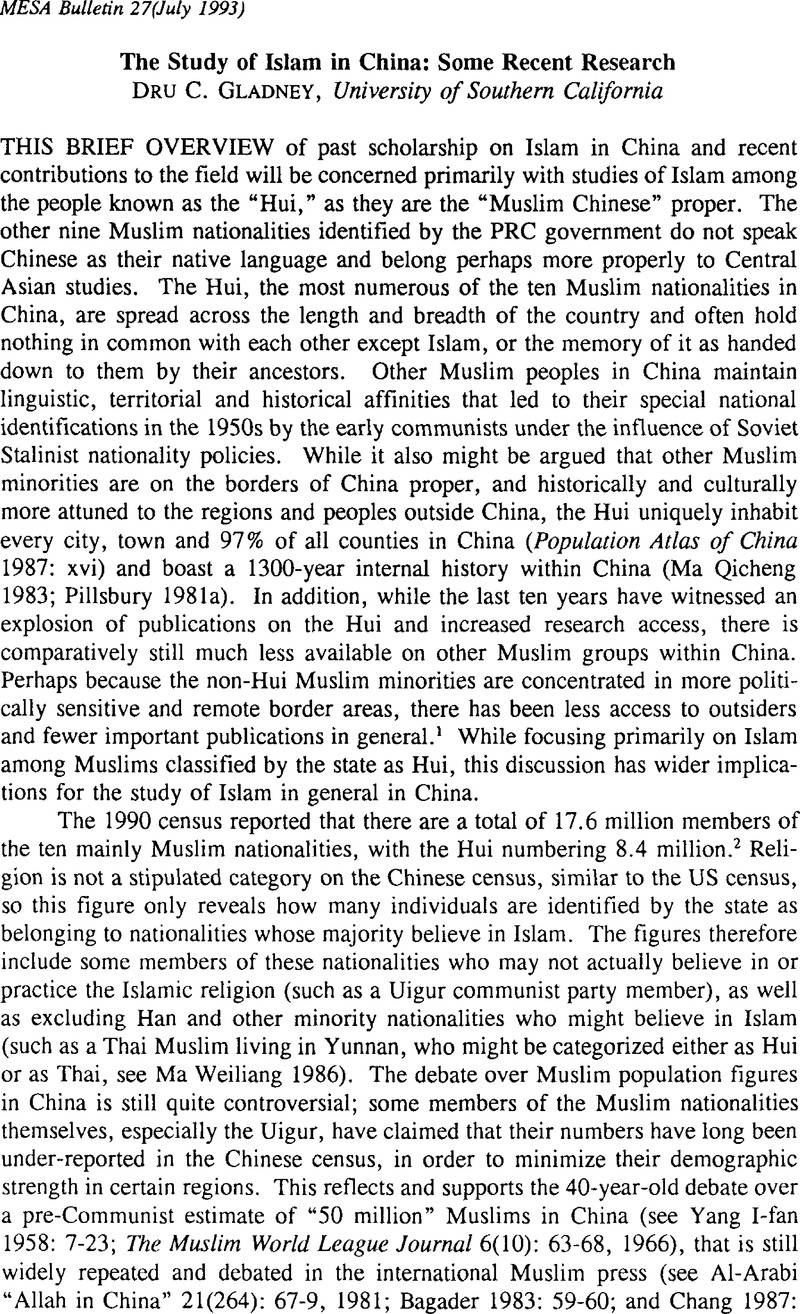Crossref Citations
This article has been cited by the following publications. This list is generated based on data provided by Crossref.
Kardos, Michael A.
1998.
Westem Language Publications on Religions in China, 1990-1994.
Journal of Chinese Religions,
Vol. 26,
Issue. 1,
p.
67.



